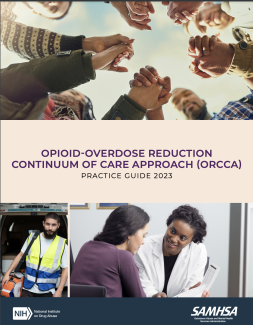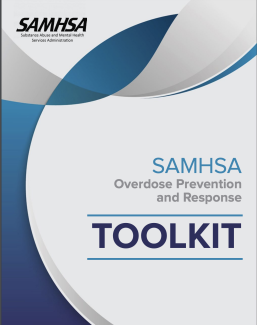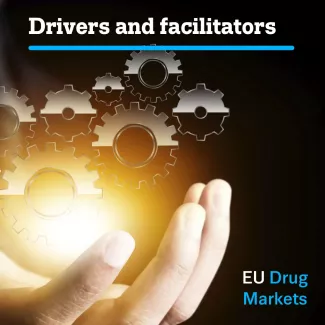ISSUP Kenya meeting with Women In Mental Health Interventions and Treatment (WIMIT)

ISSUP Kenya President Dr. Pamela Kaithuru represented us in a successful meeting with Women In Mental Health Interventions and Treatment (WIMIT). WIMIT is made up of women who run facilities dealing with SUD's prevention and treatment, most of them aimed at supporting women. Deliberations included strengthening professionalism through trainings, capacity enhancement and networking. There was an opportunity for their members who had not enrolled as members with ISSUP to do so.
The meeting was graciously hosted by Susan Gitau our immediate past Deputy President. This is an important...





